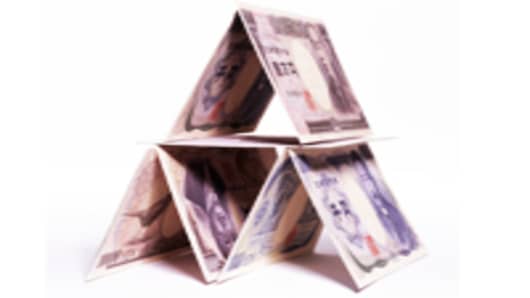The dollar climbed to a nearly 2 1/2-year peak against the yen Friday after minutes from the Fed's December meeting the previous day showed growing concern about further stimulus for the economy, with speculation of more monetary easing in Japan also weighing on the Japanese currency.
Injecting stimulus into the economy involves flooding the market with dollars, which would tend to lower the currency's value. Any doubts about that stimulus are viewed as positive for the greenback.
The U.S. currency, however, erased its gains versus the euro after a key U.S. jobs report showed U.S. hiring eased slightly in December, which suggested the Fed may be in no rush to tighten monetary policy.
U.S. nonfarm payrolls grew by 155,000 last month, in line with analysts' expectations and falling short of the levels needed to bring down the country's unemployment rate, which remained at 7.8 percent.
The data came a day after minutes from the Fed's December meeting showed some policymakers were contemplating an end to their bond-buying program, also known as quantitative easing, as early as this year.




